Human Rights Museum Architecture
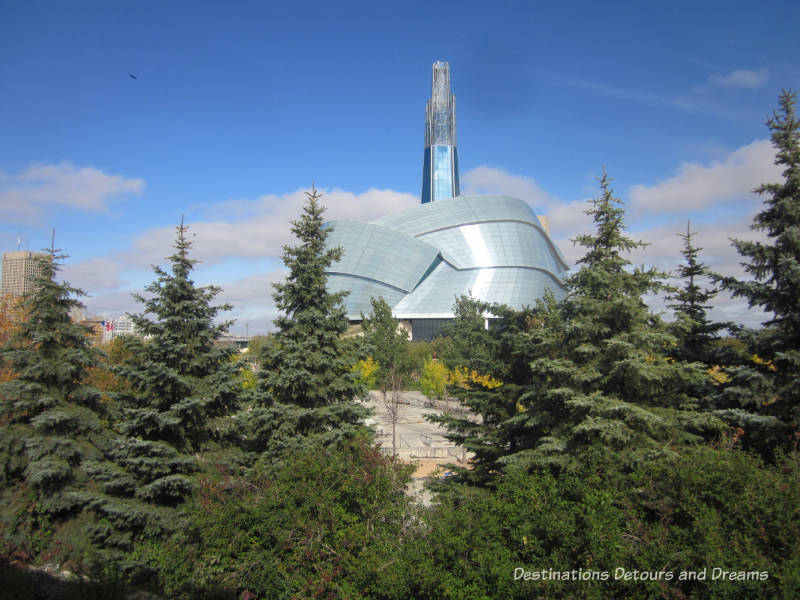
Building the Canadian Museum for Human Rights in Winnipeg, Manitoba: architecture and perseverance
On September 19, 2014 I watched the Opening Ceremony for the Canadian Museum for Human Rights on television. The museum had been in the works for 14 years and it was hard to believe it was finally opening. The moving ceremony was held on the grounds outside the building in Winnipeg, Manitoba.
The museum is the first national museum to be built outside the capital region and the first museum in the world dedicated solely to human rights.
The museum was the vision of businessman and philanthropist Israel Asper, who laid out the vision in a concept document in 2000. In 2002, Friends of the Canadian Museum for Human Rights was created to oversee the creation and spearhead funding. Massive fundraising was needed. In addition to financial support from the City of Winnipeg, the province of Manitoba, and the Canadian federal government, over 8,000 donors contributed over $147 million.
On April 17, 2003 Israel Asper announced the museum would be located at the fork of the Red and Assiniboine Rivers. Less than five months after that announcement, Izzy Asper died unexpectedly. His family continued to work on his dream. Two weeks after his death, there was a symbolic sod-turning ceremony and an architectural competition was announced.
Architectural entries were submitted from 64 countries. The winning design was by Antoine Predock, an architect based in Santa Fe, New Mexico.
The building was designed to give physical shape to the idea of an upward journey in the struggle for human rights around the world, a journey of hope. The museum has four foundations or “roots” connecting it to the earth. Prairie grasses grow on three of the roots. 800 meters of ramp take you up the Mountain, its walls made of Tyndall stone. Great sheets of glass fold around the northern facade like the wings of a dove. A glass spire rises 100 meters into the air with an observation deck at 85 meters. The tower is illuminated at night as a symbol of enlightenment, the goal of the human rights journey. The building has dramatically altered Winnipeg’s skyline.
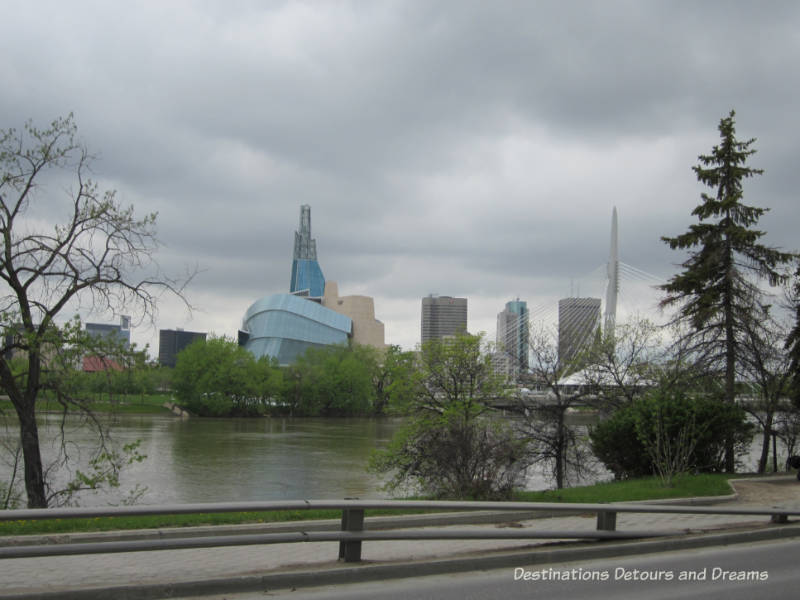
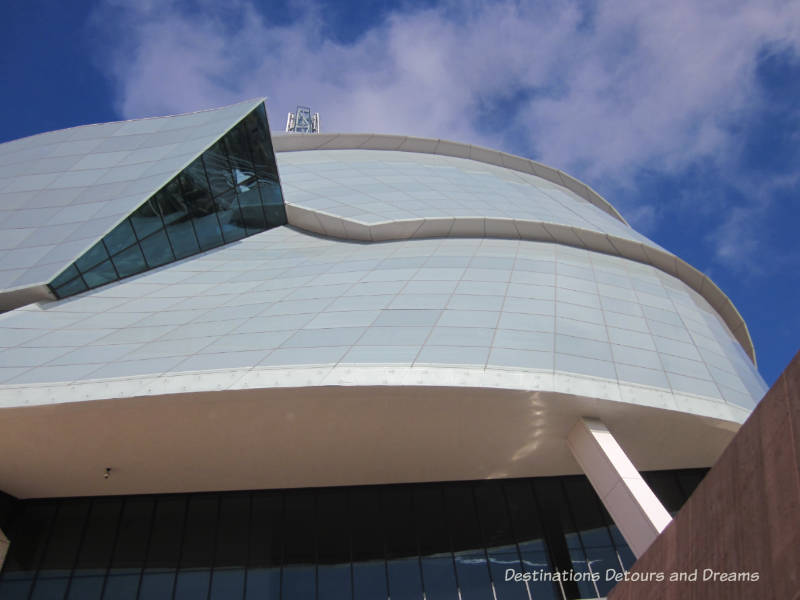
Because of the curvature of the building, no two panes are alike.
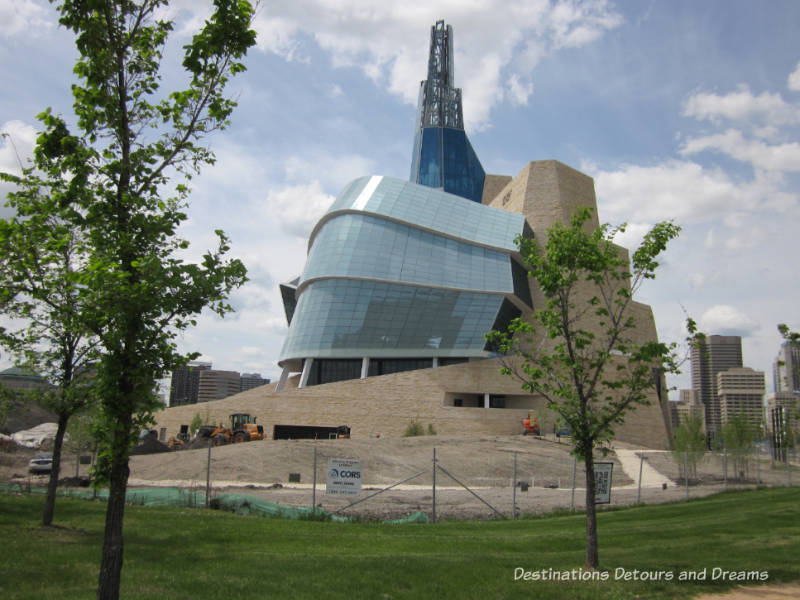
The journey to build the museum was not without controversy. Funding, construction, and the exhibits themselves have come under criticism.
The location at The Forks is historically significant. This has been a traditional meeting place for thousands of years. Archaeological digs done during excavation uncovered over 400,000 artifacts, some dating back to 1100 A.D. Findings included a large number of hearths, ceramic pottery, and sacred materials, such as ceremonial pipe fragments. Critics claim the dig was too hasty and not thorough enough. Some claim the building shouldn’t be there at all, as it is covering up an important archaeological site.
Before exhibits were opened to the public, various groups claimed their human rights struggles weren’t represented or given enough space. Some claimed the darker parts of Canada’s human rights record were being glossed over. However legitimate these claims may or may not be, it is a sad reality that chronicling all the details of mankind’s history of human rights abuses could fill several museums.
Protesters were present on opening weekend. Protesters were there for a variety of reasons – environmental concerns, demands for justice, claims that their rights weren’t adequately represented in the museum. Some protested the very existence of the museum at all. Others were there to demand basic human rights, such as access to clean water. It is another sad reality that there are still people whose human rights are not respected or fully realized, in far flung corners of the world and close to home. The journey of hope is not over. Part of the mandate of the museum is to encourage reflection and dialogue about human rights. It is clear that dialogue has started. Hopefully it will lead to positive action.
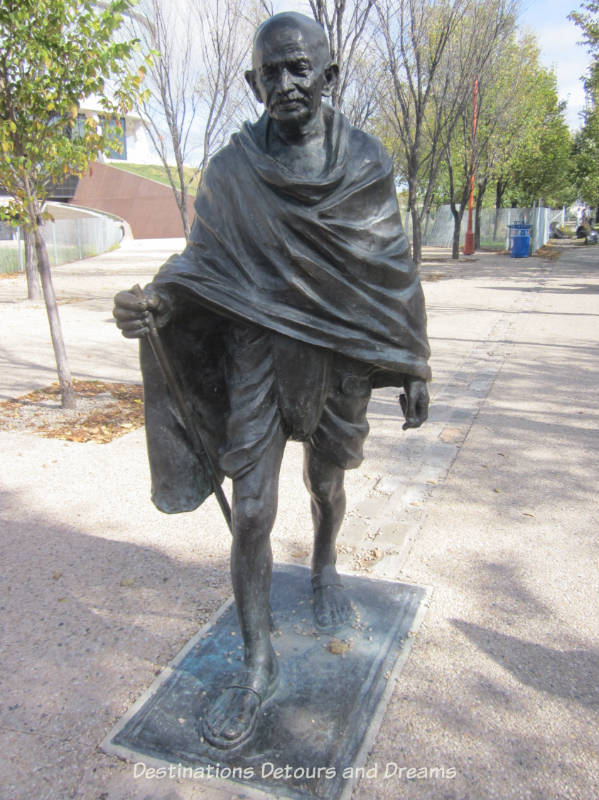
The opening of the museum was the culmination of years of efforts, but it was just the beginning of Israel Asper’s vision of a museum to inform and educate, a place to take lessons from the world and foster dialogue and action on human rights. The good and bad of our human rights history needs to be examined to achieve that.
For a more complete guide to the museum inside and out, see my post Canadian Museum For Human Rights Guide. Other posts about the museum are Inside Human Rights, Canadian Museum for Human Rights, and Human Rights: No Right Angles.
Never miss a story. Sign up for Destinations Detours and Dreams free monthly e-newsletter and receive behind-the-scenes information and sneak peeks ahead.
PIN IT
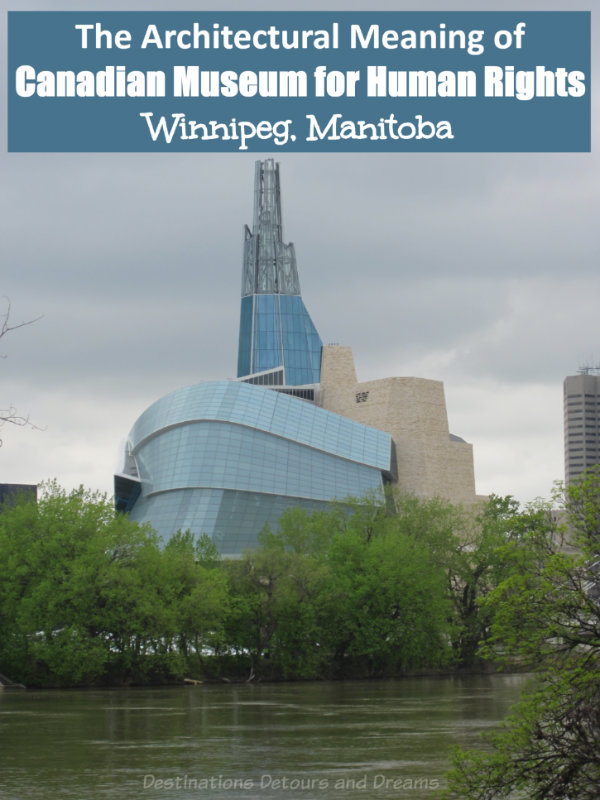

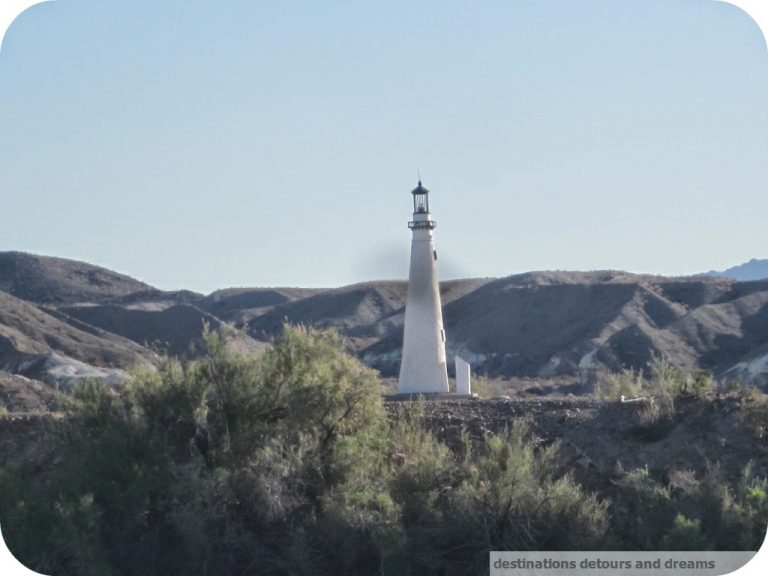
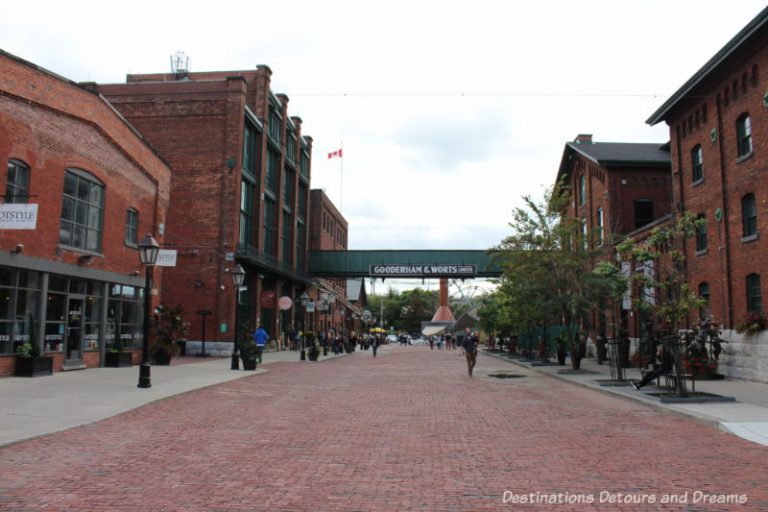
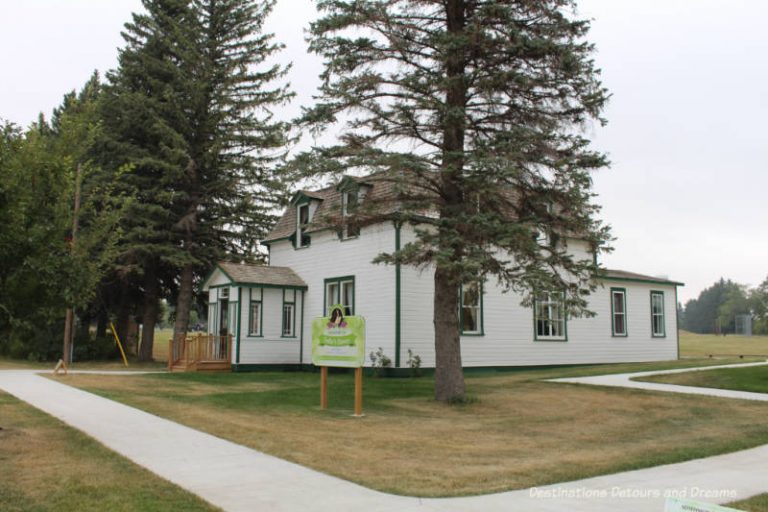
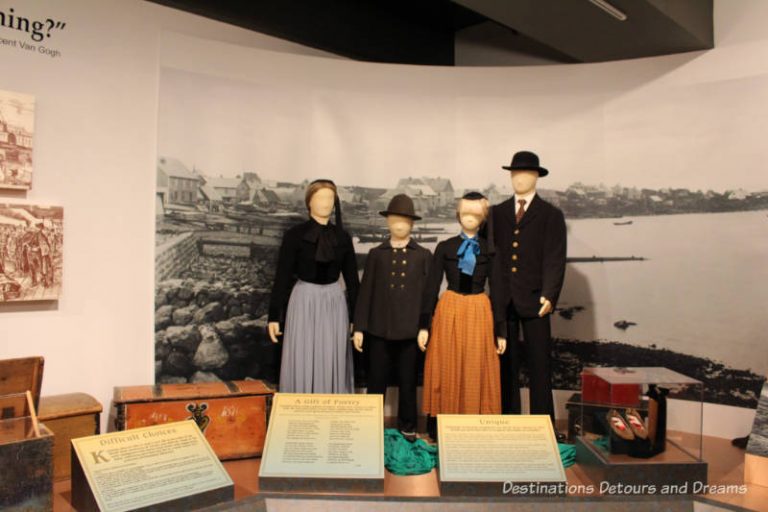
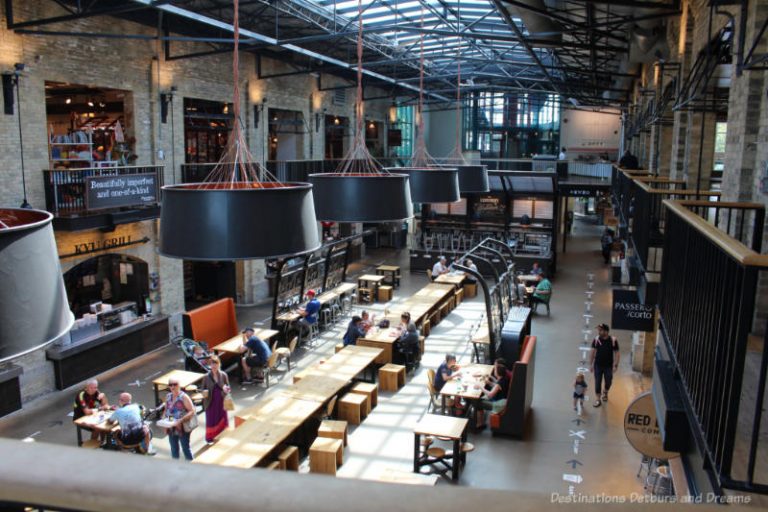
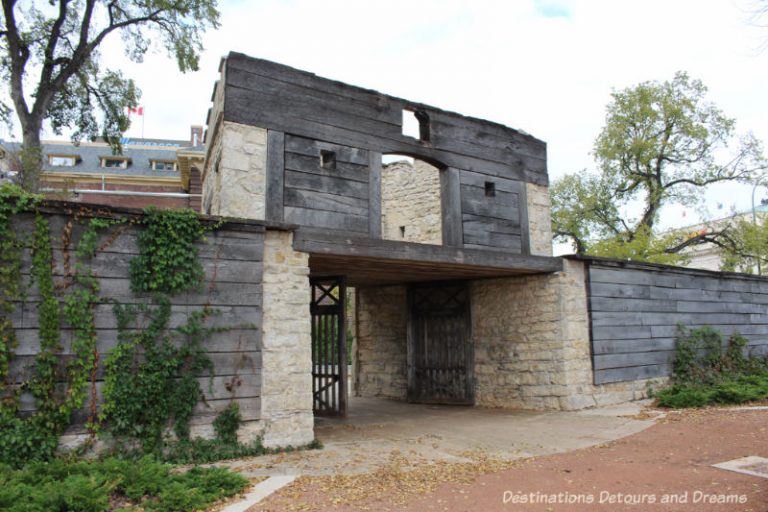
What a monument to the struggle for human rights world wide! The architecture is amazing! I am not surprised at the many protests…seems there is always someone to protest something every day of the week in every corner of the world. But I do love the whole idea of this…a documented history of the struggle for human rights…though I am sure there is even controversy in exactly WHAT constitutes basic human rights! Looking forward to seeing pictures of the museum in your next post:)
Jacquie – the first gallery in the museum actually poses that question What Are Human Rights? and encourages visitors to think about what human rights mean to them.
Hi Donna, I saw this on the news and was expecting you to write about it. It truly is a wonderful piece of architecture and I am so glad you gave us this background. The news mentioned none of that. It’s strange that a monument to human rights can be protested but in a way that is fitting. Human rights do mean freedom of expression (within reason). Can’t wait to see the inside – we didn’t get to see enough of it on the news.
There has been a fair bit of news coverage on TV and especially in the paper in Winnipeg.
The design to capture hope in the form of a ship heading upstream is thought provoking in itself. It is always baffling that someone has to protest almost everything…especially on a topic that is beneficial to us all like human rights.
It does often seem that there is someone ready to protest anything.
I am absolutely riveted by this unforgettable building’s architectural statement and purpose. The protests, not so much. Those who do great things will always be criticized by those who merely criticize.
It’s an interesting design. It’s fascinating to see how it works with the exhibits.
I can’t believe it took 14 years. That was some dedication. I love where it was built, on a crossroads. Very symbolic. And the design is beautiful.
It is definitely a historically significant location. It was a long time in the making and I’m sure many in the city were beginning to wonder if it would ever be completed.
That’s an impressive building. It looks like a really interesting museum. A little surprising, maybe disappointing, that it is the first museum devoted to human rights. When you think of all the different things museums have been built around (for example, there is Clean Museum in Idaho) it kind of makes you wonder about the priorities of the world that there had previously not been a human rights museum. Hope to get there someday.
I believe that human rights may be a topic at some other museums, but not the sole purpose of the museums. But I agree with you – it does say something about priorities being upside down.
A stunning building (I love the architecture!) for a good cause. But one question remains: would the money not be better spent on improving the lives of the native inhabitants of Canada? By far not all of them are well off…
An interesting question Juergen and one that occurred to me as well. The money could make a big difference in a lot of lives. On the other hand, might the museum have a broader and longer-lasting reach by raising more awareness and encouraging action by lots of people in a number of areas over the years? I’m torn.
What a wonderful idea for a museum, though I’m torn with whether or not that particular style of architecture is one I respond well too. I would definitely make a point to visit if I’m ever in the area.
I wasn’t sure I liked the building when it first started to go up, but now I find it quite impressive. It works.
Great addition to Winnipeg and Manitoba. Hope we can make it to see it sometime.
I think the museum is worth seeing.
A magnificent building and I like the symbolism of the journey toward achieving rights for all people. It also appears that it’s accomplishing its goal and fulfilling its mandate “to encourage reflection and dialogue about human rights”. Hope to see it in person one day and I’m looking forward to your next post to view the inside.
It has certainly generated dialogue this year. It will be interesting to see what the discussion and reaction are in a few years time.
Now that is a beautiful piece of architecture. You will either love it or hate it but either way it has made a statement in your area. To show the world that it was important to make a monument for the struggle for human rights is commendable.
I think it is quite a stunning piece of architecture. The design has roused both negative and positive reactions during its construction. It was harder to visual the finished piece while it was being constructed and at times just seemed like a monstrosity on the landscape.
This museum is a beautiful building! It has a unique architectural look, and is impressive. I’m looking forward to your next post. I love your photos (I know I’ve told you this more than once) and your accompanying text is always really informative.
I’m surprised I don’t recall seeing this when I visited The Forks in Winnipeg. Hmm. I don’t know how I could’ve missed it!
The building is at the north end of the Forks alongside Provencher Boulevard. If you’d been in the heart of the Forks market area, you might not have noticed it. Depending when you were there, there may have been a lot of construction barricades around it as well.
I have primarily read only positive things about the building and must say that when I saw it about 18 months ago on a cold winter day, I thought it looked marvelous. You really can’t please everybody without being twisted into a pretzel either.
I too think the building looks marvelous.
What a beautiful building. It’s also very fitting for what its meant to for and represents. It is a place I would definitely go to visit if I ever find myself in that area. 🙂
It’s worth a visit and the building design works well with the intent of the museum.
Canadian Museum for Human Rights, when I read this thought its something new as never heard of such museum before. It was a nice idea by Israel Asper an people really contributed a lot to make this dream in reality. He presented his idea but it is nice that his family changed into reality. Protests never surprise us as we all know that there are always some who need something to protest rather appreciating. I am happy to see that Indian govt. has gifted Gandi statue. No matter what parts of human right moments are included this is a monument for struggle.
The architecture is very nice. That you for and informative post and lovely pictures.
Thanks Anna. Here’s hoping that someday there will be a lot less human rights abuses out there and less need to protest.
Must be such a powerful museum. I hope I get to see it someday~
It is worth seeing.
I wonder if Ghandi’s glasses were left off because of all the trouble San Francisco’s statue has had?
I didn’t know about the issue with the glasses on San Francisco’s statue until I read your comment and googled it. What a shame. I’ve not read anything about that here, so not sure if that is the reason for the lack of glasses or not.
What a grand vision! I love the architecture and was delighted to hear that a fellow New Mexican created it! 🙂 Even better is what’s on the inside. Seems like this would be a must-see place for anyone visiting the city.
I expect it will begin one of the top attractions for visitors to our city.
I’m looking forward to seeing the inside. I’m sure I would learn so much about human rights if I ever get to visit. The building is a nice piece of architecture and definitely makes Winnipeg’s skyline even more interesting!
I too think it makes the skyline interesting. I love the look of the museum alongside the cables of the Esplanade Riel pedestrian bridge.
There will always be controversy, but I think it is wonderful that this was built. Next time I am in Canada I’ll have to make a stop in Winnipeg to see this.
It should be an interesting visit.
Even with controversy, I admire the minds and money behind such an undertaking. Any acknowledgement to the need for change is positive.
Agree any acknowledgement of the need for change is positive.
I cannot wait to go inside this wonderful museum Donna. What an inspiring yet tragic story that he died before he could see his dream come to life. Impressive also that so many people could come alongside and partner to raise such a large sum of money towards that cause.
Impressive is a good word for both the architecture and the effort that went into ensuring the museum actually happened.
What a uniquely designed building.
I hope this becomes a success with many visitors.
Time will tell how popular this museum becomes. It is a fascinating place.
I’ve been hearing so much about this museum, and it’s high time Canada had a public place dedicated to such a universally important cause. Izzy was a visionary, and Gail is to be commended for carrying on the journey – often overcoming many obstacles, as you point out. There will always be those who are unsatisfied, but we must have a starting point. I hope to visit this museum some day, as I admire very much what it aspires to be!!
Gail Asper and a lot of others worked very hard to make this museum a reality. Because human rights is such a broad topic and there have been so many abuses throughout history and many continue today, there will be people unsatisfied, but I agree it is a starting point.
I love the idea of this museum. I can see how controversial it might be, but it could spark healthy debate on exactly those issues that are being raised by demonstrators and critics. And for that, it will do good…
Healthy debate is good, especially if it leads to positive action.
What a great museum and how amazing that Israel Asper’s family kept the project going after he died. As usual, your photos are extraordinary.
Thanks Beth. The Asper family was indeed very dedicated to this project.
Hi Donna,
It is indeed an interesting design. The first thought that came to mind was giving the finger to injustice. Not sure I like it yet but can certainly respect the architectural vision inspired by the purpose.
Your article is the second I’ve read lately about a museum created around a facet of the human experience that has never been memorialized before. (The other was by another blogger in the BHB group who wrote about the first Public Relations museum.)
Thank you for introducing the Canadian Museum for Human Rights to us. I can envision visitors coming from around the world to learn more about the struggles of their brethren.
Have a great week!
Thanks Vernessa. Giving the finger to injustice? Interesting take on the design of the building. I know the museum hopes to draw people from around the world to educate and engage them in the human rights discussion.
What an amazing building! Looks like it would be worth a trip.
Thanks. I think it is worth a trip.
A zillion years ago I spent a summer working for our Human Rights office. It was eye-opening to say the least. I learned that almost every classic fairy tale had numerous human rights complaints lodged against it. Not our problem (worked for the provincial office) everyone said happily, that’s a national issue. Even today you hear people saying you can’t do that, you’re discriminating. But as one human rights worker told me to discriminate is human. You discriminate every day on the basis of would you rather have wide legs or skinny legs. Legally though people were not allowed to discriminate on age, sex or race. But it would be legal for an employer to discriminate against red heads say or people over five foot nine.
I’d love to visit the museum in person. It looks amazing and I imagine the exhibits would be eye opening. In Canada we are so lucky to have so many rights and freedoms which we take for granted. But look around the world and you quickly realize that’s not the case.
It is sad that there are so many human rights abuses in the world and sad that our human history is filled with them.